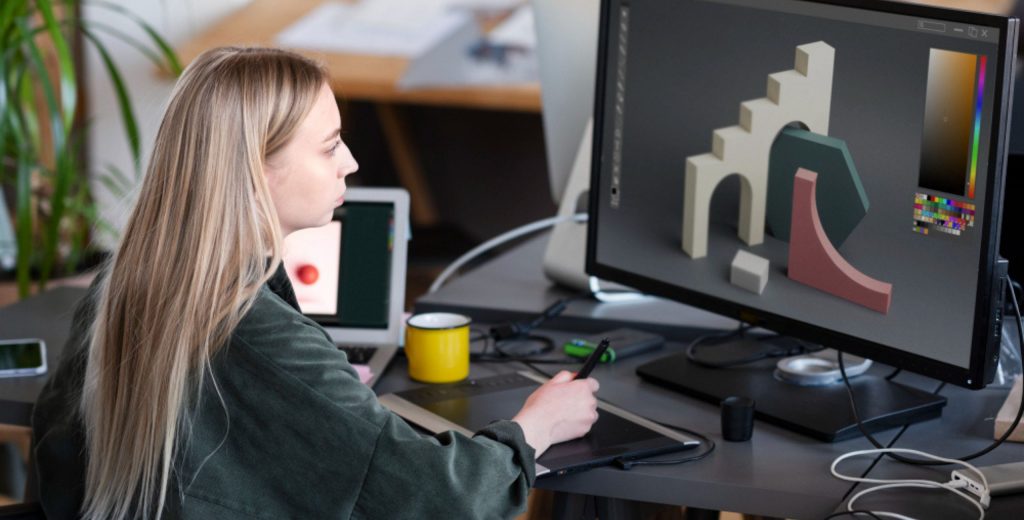How AI Website Builders Are Transforming Seo Strategy For Hosting Companies
Dec 04, 2025

Dec 04, 2025

Dec 04, 2025

Dec 04, 2025

Dec 02, 2025

Dec 01, 2025

Nov 29, 2025

Nov 28, 2025

Nov 28, 2025
Sorry, but nothing matched your search "". Please try again with some different keywords.


The underrated engine behind every frame in animation – PERFECT STORY!
Timeline editors are more than just utilities for organising animation frames—they’re the quiet conductors of the entire animation production process. They transform raw assets—sketches, models, and sound—into deeply resonating stories.
More than just tools for plotting frames, these editors empower animators to experiment, refine emotions, and collaborate effortlessly.
Let’s explore the overlooked features that set expert animators apart—and why timeline mastery is essential in a competitive digital world.

Timeline editors are the core of the animation production process, a visual workspace for organising layers, keyframes, and assets like 2D sketches, 3D models, and audio along a temporal axis.
They are not just production tools—they’re story tools. When used with intention, they become the director’s lens through time.
Beyond linear sequencing, these versatile tools support experimentation, collaboration, and technical precision. Their often-overlooked advanced features streamline workflows and craft emotionally resonant animations, unlocking beautiful creative potential.
While most animators use timelines to plot events sequentially, professional timeline editors enable non-linear storytelling, a technique that can add depth to narratives.
Manipulating keyframes, duplicating sequences, or nesting compositions, animators can create flashbacks, parallel storylines, or looping effects without redesigning assets.
Why It Matters: This technique, seen in films like Spider-Man: Across the Spider-Verse, is rarely taught in beginner guides but saves time and unlocks creative freedom, revolutionising storytelling efficiency in the animation production process.
Timing is crucial in animation, but many prioritise major keyframes. The true art is in micro-timing, a subtle tweak to easing, spacing, and overlap that heightens emotional impact.
Timeline editors provide graph editors and bezier curves for precise control over these details.
Why It Matters: Micro-timing delivers authenticity that audiences feel instinctively, a technique Pixar and Studio Ghibli master but standard tutorials rarely highlight.
Manual keyframe tweaks are time-intensive in the complex animation production process. Scripting—an often-ignored power tool with expressions and scripts, animators can automate repetitive actions, link behaviours, or even simulate natural motion mathematically.
Why It Matters: Scripting using AI cuts production time by 30-50%, ideal for tight TV or game deadlines. This approach helped cut production costs by over 40% in one science fiction film.
Animation is collaborative, but timeline editors are often seen as solo tools. Modern software enables collaborative workflows, allowing multiple artists to work on one timeline without conflicts, a vital yet under-discussed part of the animation production process.
Why It Matters: Collaborative timelines prevent miscommunication and delays in large studios. This professional pipeline technique, rarely covered in tutorials, is critical for the timely delivery of projects.
Timeline editors are powerful diagnostic tools for resolving technical issues, such as rigging errors or render glitches. By isolating layers, keyframes, or frame ranges, animators can spot issues early, like unnatural rigs or broken expressions, before wasting time on exports.
Why It Matters: Debugging via timeline is faster and more precise than trial-and-error rendering, a skill that separates junior animators from production leads.
Professional timeline editing is not just limited to films these days. It is a useful tool for video marketing and social media videos as well.
Even though different social media platforms like TikTok and Instagram have an in-app editing feature, the functions are limited. When you use a timeline editing tool, you have immense control over the videos to make the edits you want in the video frames.
When you are using social media apps, it is difficult to cut and time the videos according to your preference, because it has a small slider tool. Many people find it difficult to take control of it.
If you want things to be precise and do it your way, then it is better to use a timeline and not do it from your phone, directly from the social media apps.
Every video production program needs a version of a video timeline. For instance, there are applications that are not created for video editing that also use the timeline to access some other functions.
Applications like Adobe Audition provide an extended audio clip canvas similar to video editing apps, but these have an advanced audio tools to take care of sound editing.
Timeline editors help you focus on your video effects and motion graphics. You have the privilege to edit every individual sequence using the timeline. Moreover, you can create a new animation frame and apply image transformations to video frames.
Timeline editors are not just tools. It’s your co-director.
If you want to animate with impact, precision, and efficiency, it’s time to look beyond keyframes and into the overlooked corners of your timeline.
Whether you’re building your next short film, ad, or interactive sequence, start thinking like a timeline-native animator.
Need animation that hits the right beats? Contact us today!
Barsha is a seasoned digital marketing writer with a focus on SEO, content marketing, and conversion-driven copy. With 7 years of experience in crafting high-performing content for startups, agencies, and established brands, Barsha brings strategic insight and storytelling together to drive online growth. When not writing, Barsha spends time obsessing over conspiracy theories, the latest Google algorithm changes, and content trends.
View all Posts
How AI Website Builders Are Transforming Seo ...
Dec 04, 2025
Pinterest Unblocked: How To Access Socials By...
Dec 04, 2025
Instagram Unblocked: A Guide To Accessing S...
Dec 04, 2025
Gimkit Host: Is This Online Game Hosting Too...
Dec 02, 2025
Driving Growth Through A Smart Product Market...
Dec 01, 2025

